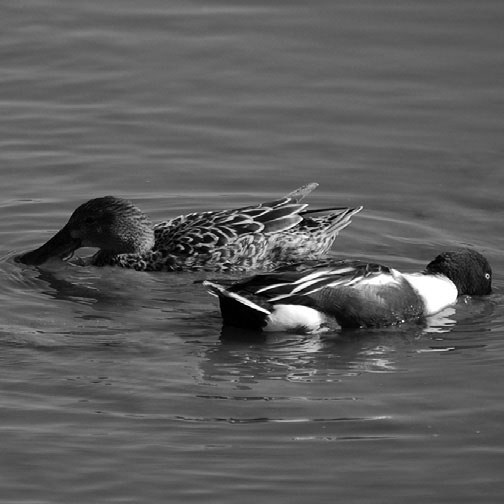Posted: May 1, 2017
Two years ago, migrating waterfowl carried a novel strain of avian flu out of Asia to breeding grounds in the Bering Sea region of northern Russia, and from there at least a few ducks are believed to have conveyed it to Alaska, where south-migrating birds brought it to the Pacific Northwest.

Avian flu has yet to be seen along the Eastern Flyway. Migrating ducks are expected to carry the disease here. Image: InAweofGod’sCreation
"This strain of avian flu, H5N2 --which has yet to be seen along the Eastern Flyway--usually doesn't make waterfowl sick, in fact many don't show any symptoms, and it doesn't affect people or other mammals," says Margaret Brittingham, professor of wildlife resources.
"But it does sicken and kill other birds, namely domesticat- ed chickens and turkeys. It has devastated the poultry industry in states such as Minnesota and Iowa along the Mississippi Flyway, and Washington and Oregon along the Western Flyway."
It somehow spread east from there. Along the way, it is believed, the disease evolved--or "recombined"--to become a highly pathogenic virus that is even more deadly to domestic poultry.
The threat has eastern U.S. poultry producers bracing for the potential arrival of the deadly virus this fall, trying to prevent an outbreak that farmers in the Midwest have struggled to stop. Thanks to strict biosecurity, avian influenza can be kept out of most poultry barns along the Eastern Flyway, Brittingham predicts.
Department of Ecosystem Science and Management
- Office 814-865-7541
- Fax 814-865-3725
Department of Ecosystem Science and Management
- Office 814-865-7541
- Fax 814-865-3725

